Embark on a journey that brings you closer to nature, fosters self-sufficiency, and ignites your passion for woodworking.
Welcome to the world of log milling! In this comprehensive guide, we'll introduce you to the basics of log milling, featuring practical tips on how to choose and set up your first chainsaw mill, such as the popular Granberg models.
Whether you're a DIY enthusiast, a woodworking beginner, or someone seeking more self-sufficient living, this guide is designed to help you start your wood milling projects with confidence.

Introduction to Log Milling
Log milling is the process of turning raw logs into usable lumber, a practice that has been a cornerstone of woodworking for centuries. This age-old technique involves using tools such as saws and planers to cut and shape the wood into boards, beams, and planks that can be used for construction, furniture making, and various other applications.
For modern DIY enthusiasts and those looking to become more self-sufficient, log milling offers a rewarding way to produce custom-sized, high-quality timber for various projects. The appeal lies in its blend of craftsmanship, sustainability, and the unique satisfaction of creating something tangible from raw materials.
Not only does it allow for greater control over the quality and dimensions of the lumber, but it also provides a deeper connection to the material and the process of creation.
This hands-on approach can be particularly fulfilling, offering both practical benefits and a profound sense of accomplishment.
Understanding the Basics: What is a Log Mill and How Does it Work?
A log mill is a device used to cut logs into lumber. It typically involves using a chainsaw or band saw to make precise cuts along the length of the log. The process can be broken down into the following steps:
- Securing the Log: The log is placed on a stable surface and secured to prevent movement.
- Setting Up the Mill: The log mill is attached to the chainsaw or band saw, and adjustments are made to set the desired thickness of the lumber.
- Making the Cut: The saw is guided along the length of the log, producing slabs of wood that can be further processed.
Types of Log Mills: Chainsaw Mills vs. Band Saw Mills
Chainsaw Mills
Chainsaw mills, such as the Granberg models and Alaskan mills, are portable, versatile, and relatively affordable tools for those interested in milling their own lumber. These mills are ideal for beginners and small-scale milling projects due to their straightforward operation and ease of use.
The main components of a chainsaw mill setup include a chainsaw, a milling attachment that clamps onto the bar of the chainsaw, and a guide rail to ensure straight and precise cuts.
Additionally, these mills can be used in remote locations, as they do not require external power sources, making them perfect for on-site lumber processing. With a bit of practice, even novice users can produce quality planks and beams from raw logs.
Band Saw Mills
Band saw mills are larger, stationary machines designed for more extensive milling operations. They offer greater precision and efficiency but come with a higher price tag. These mills use a continuous band blade to cut through logs, making them suitable for commercial operations or serious hobbyists. The continuous band blade allows for smoother and more accurate cuts, reducing waste and increasing the quality of the finished lumber.
Additionally, band saw mills often come with advanced features and attachments, such as hydraulic log loaders, computerized controls, and automated blade sharpeners, further enhancing their performance and usability. Because of their robust capabilities, they are ideal for producing high volumes of lumber and are a valuable investment for those committed to large-scale woodworking or timber processing projects.
Choosing the Right Log Mill for Your Needs and Budget
When selecting a log mill, consider the following factors:
- Project Scope: Determine the size and scale of your milling projects. Chainsaw mills are perfect for small to medium tasks, while band saw mills are suited for larger operations.
- Budget: Chainsaw mills are more affordable and accessible for beginners. Band saw mills require a larger investment but offer greater efficiency and precision.
- Portability: If you plan to mill logs in various locations, a portable chainsaw mill like the Granberg Alaskan mill is an excellent choice.
Preparing for the Milling Process
Selecting and Preparing Logs
Choose logs that are straight, free of excessive knots, and of a manageable size. Remove any dirt, rocks, or bark that could damage your saw blade.
Essential Safety Gear
Safety is paramount in log milling. Equip yourself with:
- Protective gloves
- Safety goggles or a face shield
- Hearing protection
- Sturdy boots
- Chainsaw chaps or trousers
- A hard hat with a face shield (optional, but recommended)

Step-by-Step Guide to Using a Chainsaw Mill
Setting Up
- Attach the Mill: Secure the milling attachment to your chainsaw according to the manufacturer's instructions.
- Set the Guide Rail: Position the guide rail on the log to ensure straight cuts. You can use a ladder, a DIY rail system, or a commercial guide rail.
Making the First Cut
- Position the Chainsaw: Align the chainsaw mill with the guide rail and the desired thickness setting.
- Start Cutting: Engage the chainsaw and guide it steadily along the length of the log, maintaining consistent pressure and speed.
- Repeat: Adjust the thickness setting for subsequent cuts and repeat the process until the log is fully milled.
Tips and Tricks for Maximizing Your Lumber Yield and Ensuring Safety
- Sharp Blades: Keep your chainsaw blades sharp to ensure clean cuts and reduce strain on the saw.
- Patience and Precision: Take your time with each cut to ensure accuracy and safety.
- Plan Your Cuts: Strategically plan your cuts to maximize the yield from each log and minimize waste.
- Regular Maintenance: Regularly inspect and maintain your milling equipment to ensure optimal performance.
Real-Life Examples and Success Stories
Many DIY enthusiasts have successfully embarked on log milling projects, transforming raw logs into beautiful furniture, flooring, and other woodworking marvels. One such story is that of John Doe, who used a Granberg Alaskan mill to build a custom dining table for his home. John's project not only saved him money but also provided a deep sense of accomplishment and a unique piece of furniture that tells a story.
Conclusion
Log milling is an empowering skill that combines craftsmanship, sustainability, and self-sufficiency.
Whether you're a seasoned woodworker or a curious beginner, milling your own lumber opens up a world of possibilities.
With the right tools, knowledge, and safety precautions, you can transform raw logs into valuable timber for countless projects.
Ready to Start Your Milling Journey?
Now that you have a comprehensive understanding of log milling, it's time to put your knowledge into action.
Whether you're looking for a versatile chainsaw mill for those smaller, more portable projects or a powerful band saw mill for larger operations, Axeman has got you covered.
Our range of log mills is designed to meet all your milling needs, ensuring you get the best quality and value for your investment.
Don't wait any longer to begin transforming raw logs into beautiful, custom timber.
Shop Log Mills at Axeman Now and take the first step toward your next woodworking masterpiece!


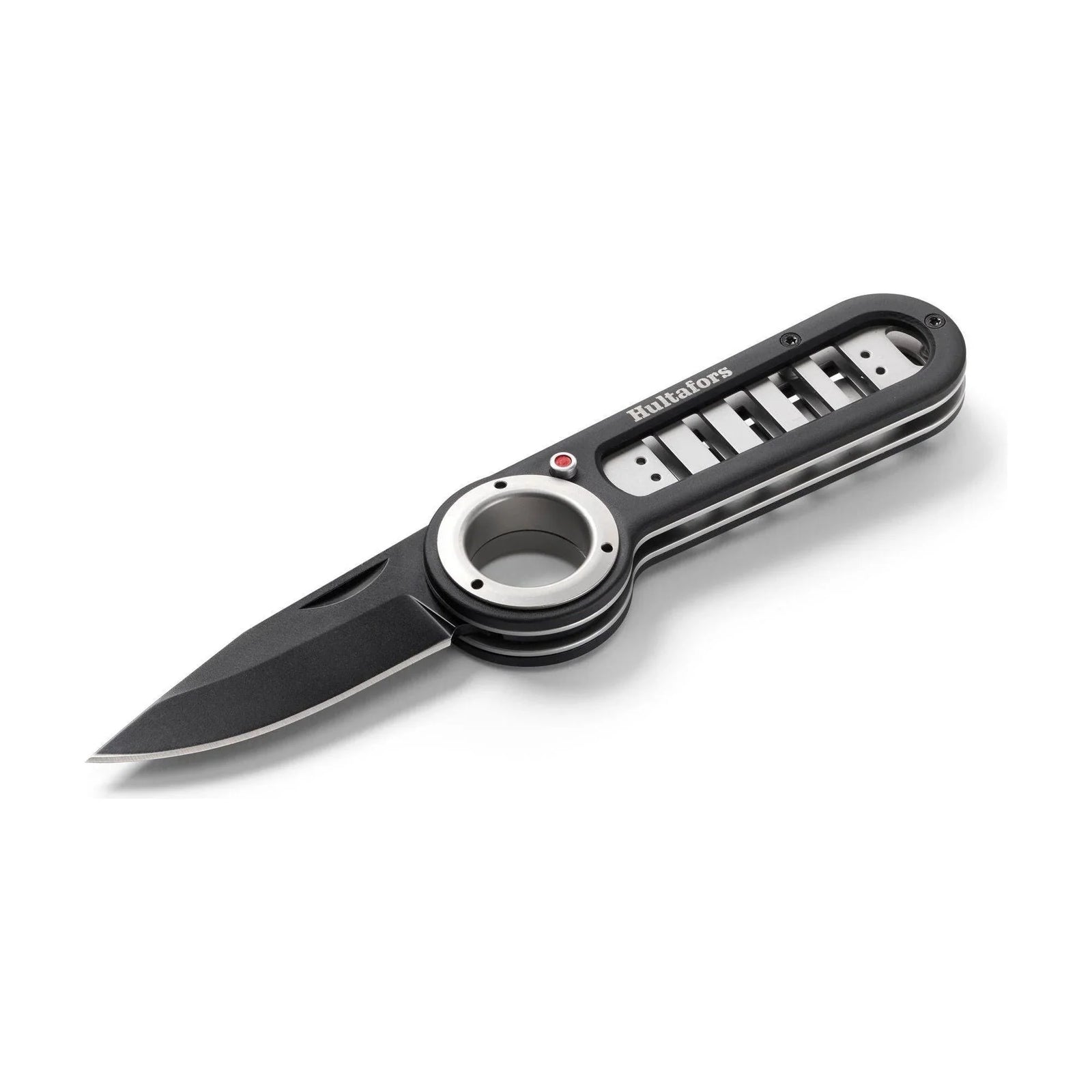
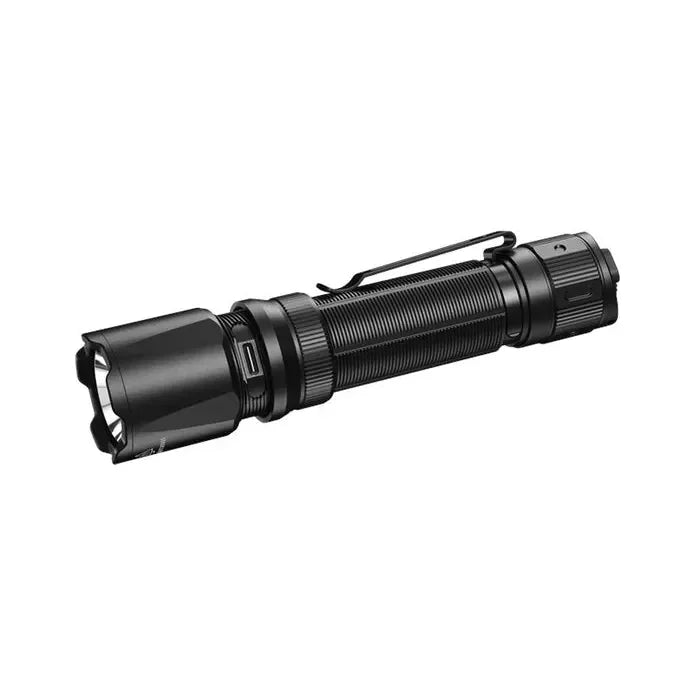
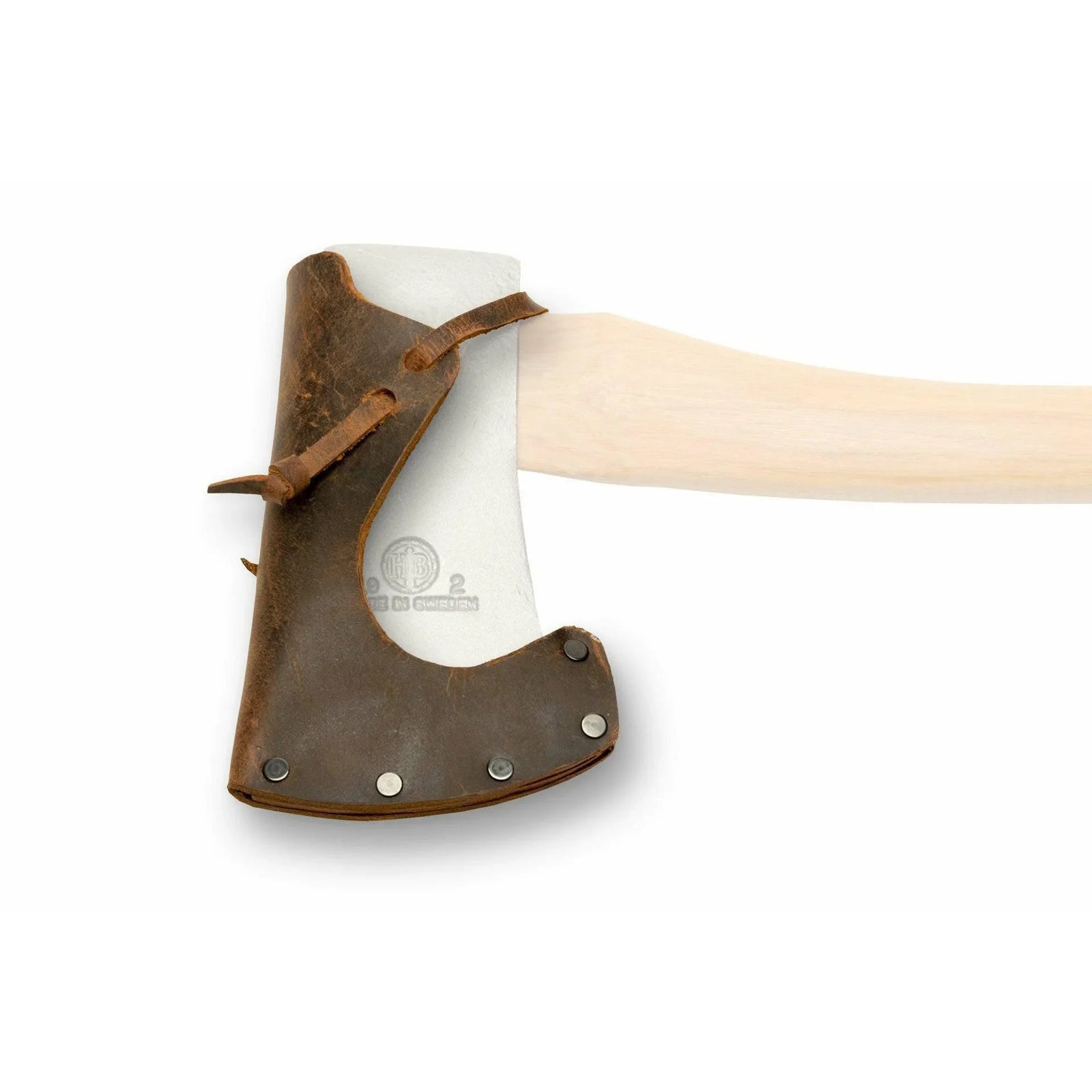
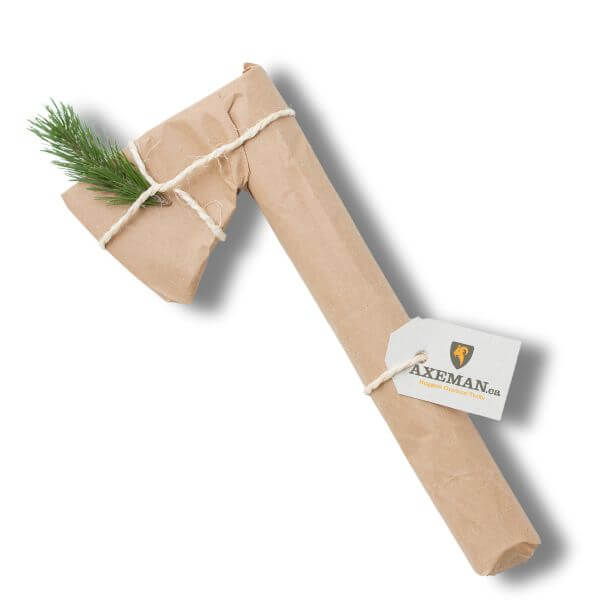


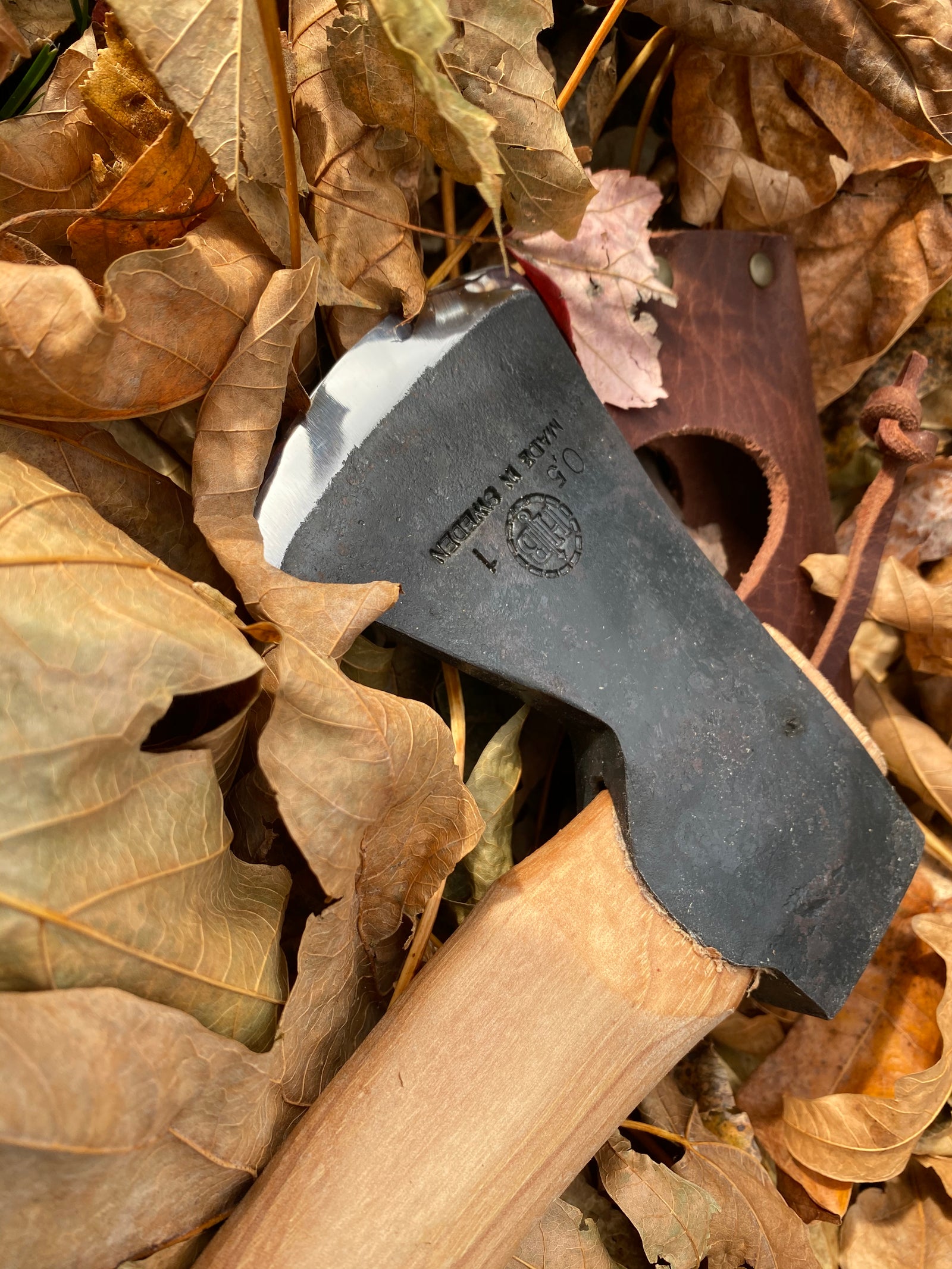



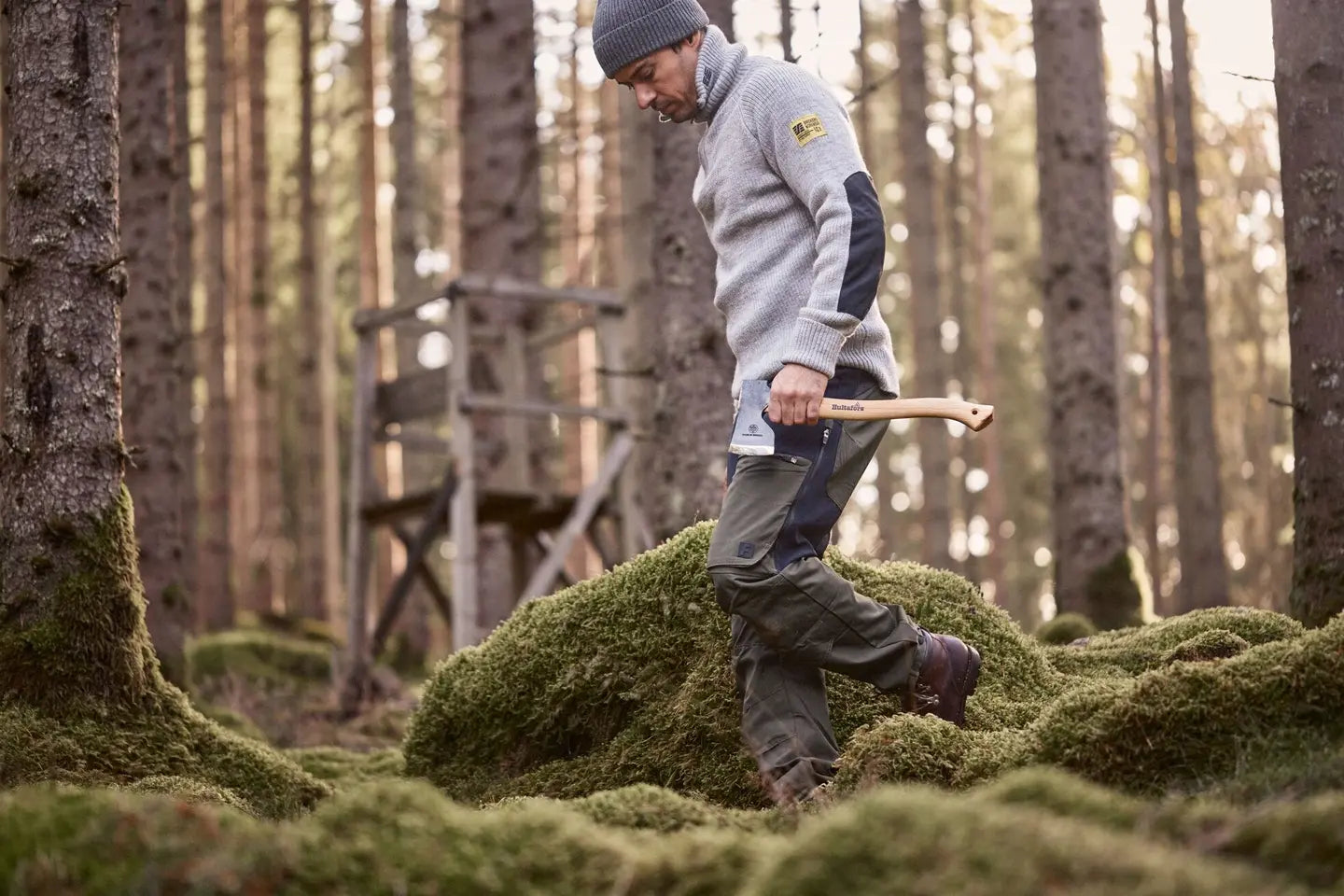

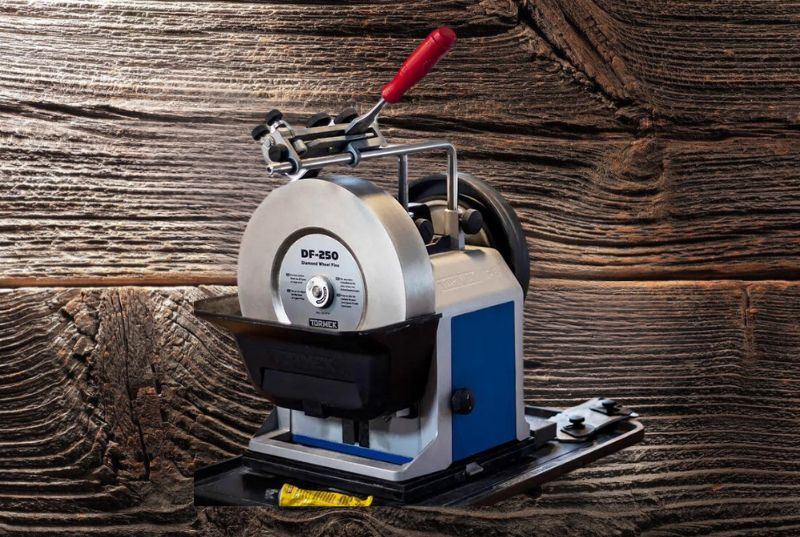
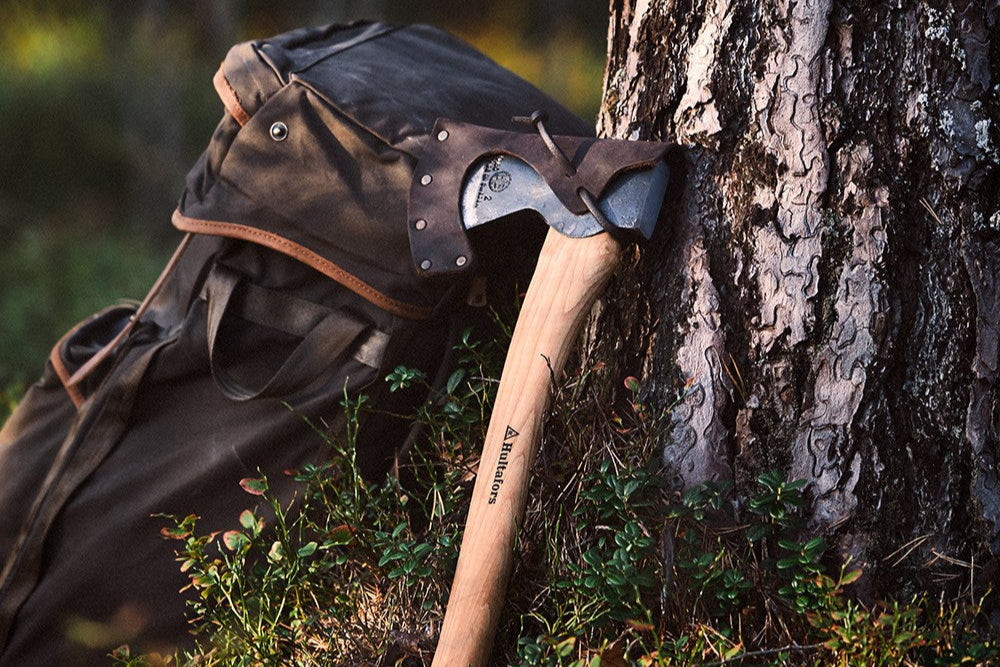

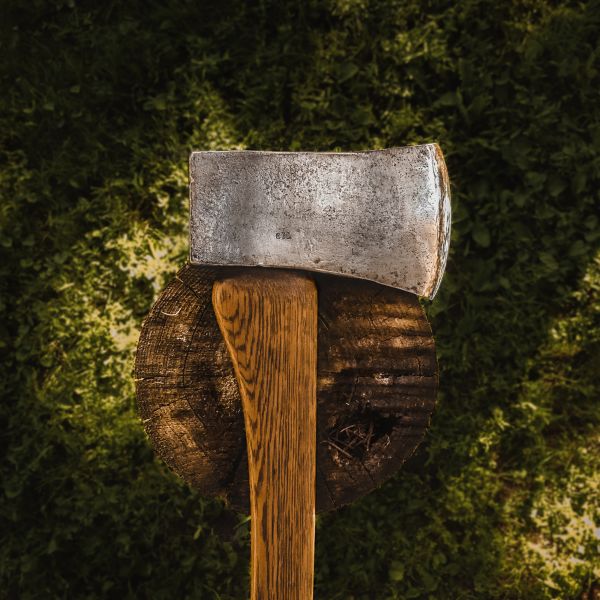


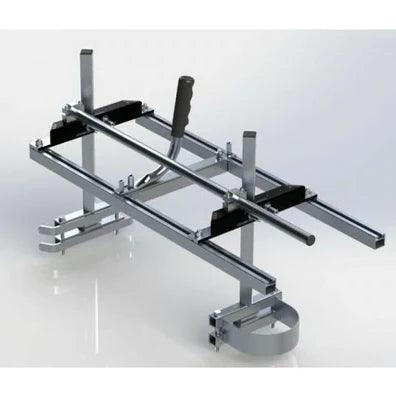



Leave a comment (all fields required)